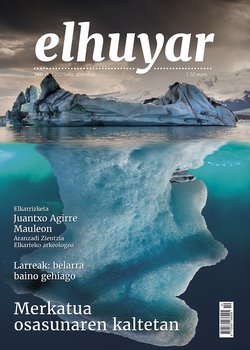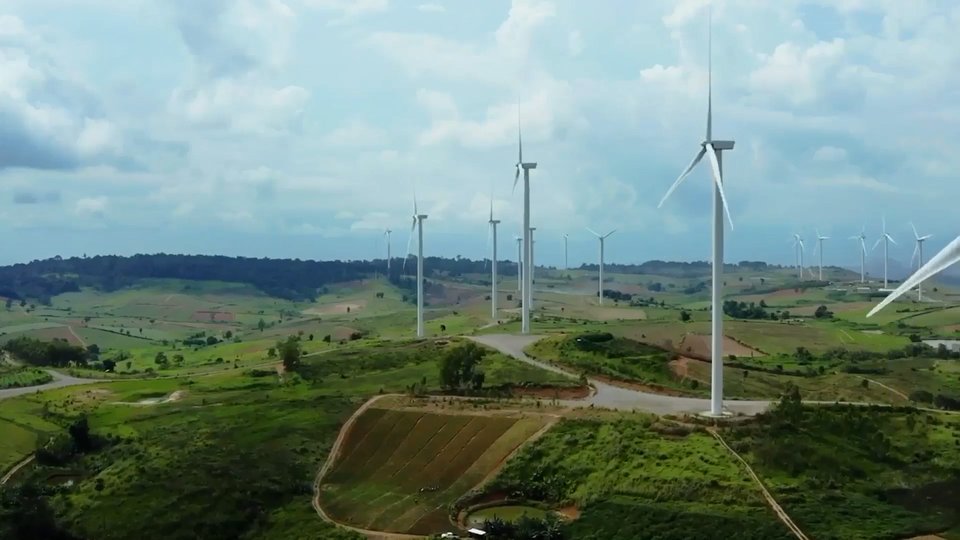Ancient forests of Japan
There are three UNESCO World Heritage Sites in Japan. The Shireto Peninsula is one of them.
Hokkaido is located in the northeast of the island and its name means ‘End of the Earth’ in the Ainu language. This landscape of temperate and subalpine forests is one of the most beautiful in Japan, and much of it can only be reached by boat or on foot. The interior hides the Kamuiwakka waterfalls, the best hot water sources in the whole country.
Shiretoko is an excellent example of the interaction between marine and terrestrial ecosystems. It is the meeting point for several migratory fish, most of which are endemic and are in danger of extinction. On the
other hand, in the north of Honshu Island, there is the largest virgin pagadi in East Asia. It's Shirakami-Sanchi, a huge forest that holds 500 species of plants. Beneath its roots are rocks of volcanic tuff, clay and sandstone, which are between 12 and 20 million years old. Finally, the island of Yakushima is
known for having the highest precipitation rate in the world, with an average of 10,000 mm of water per year. It is shaped like an irregular pentagon, whose 505 square kilometres are home to less than 20,000 people, along with a large population of monkeys and deer. Yakushima is also the main home of the serpent, the Japanese cedar, a symbol that represents the connection with nature in Japanese culture.
Buletina
Bidali zure helbide elektronikoa eta jaso asteroko buletina zure sarrera-ontzian










